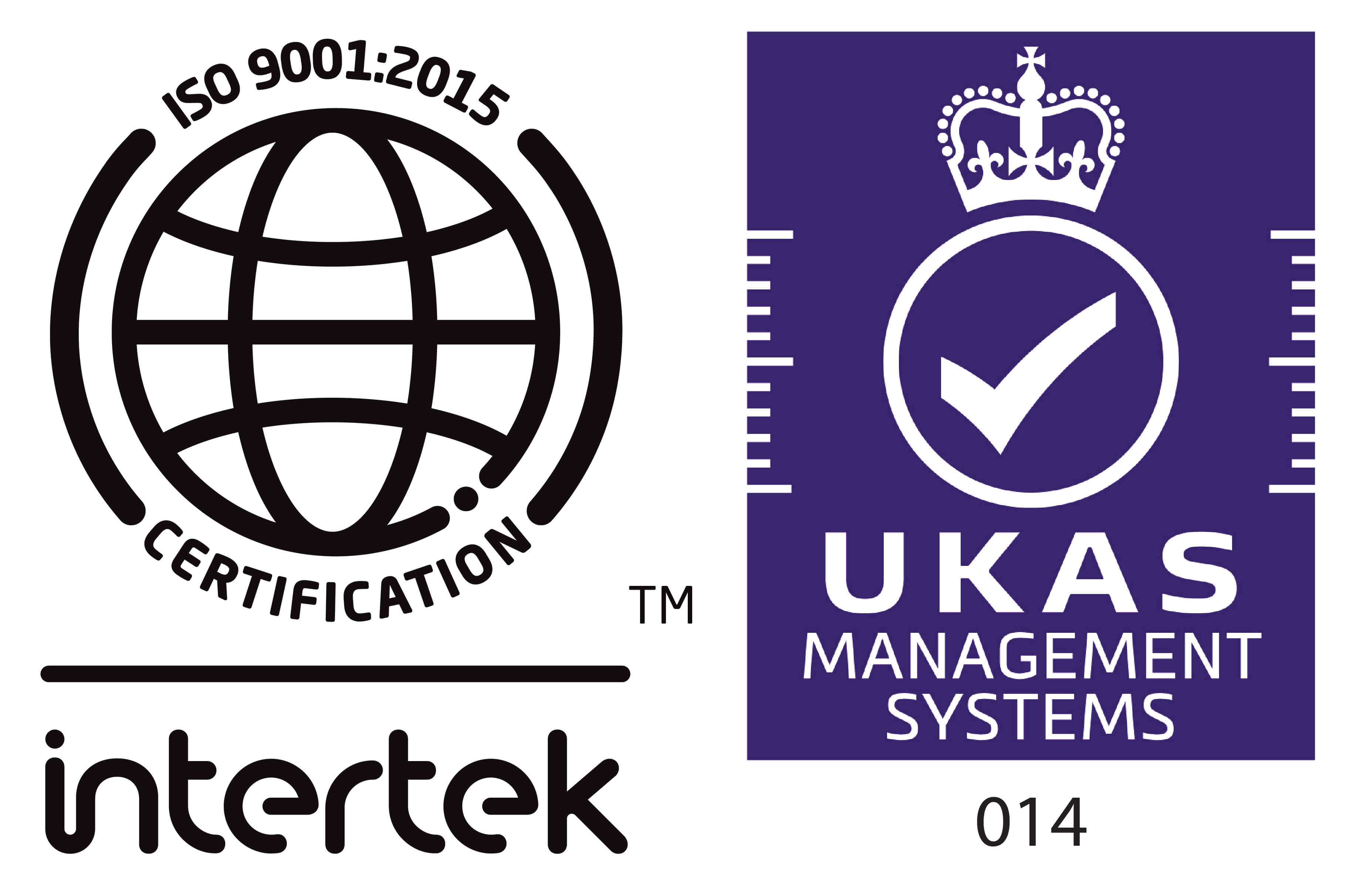The biggest influences for gold currently are the US china trade war
Posted on Jun 14, 2019 at 01:25 pm
Be it bill gates or a common man, no one likes to loose money. As I stated in my previous article that one should always diversify his finances, to make the most of any opportunity.

And to leverage such opportunities, a smart investor uses a variety of strategies and tactics to protect their wealth, including setting up their portfolios with specific asset allocations that can help soften any blow caused by an extended market downturn.
The question of concern is that which kind of asset should you pool your finances into?
While options like real estate, commodities, and cash can contribute to a more diversified portfolio beyond traditional stocks and bonds, many experts say that gold is the undisputed king of uncorrelated assets.
The price of gold doesn’t usually move with the wider stock market – and often, because of its history, the yellow metal can even increase in price during the course of a bear market.
The main reason why world over gold is the most preferred safe haven asset-
- Gold has acted as a store of value for thousands of years
- Gold can lower the volatility of a portfolio
- Gold can act as a hedge against inflation in some scenarios
- Gold is a traditional safe haven asset that investors flock to when the market goes astray
And keeping the current scenario in mind, it seems gold won’t budge from its position of an investors favourite. The biggest influences for gold currently are the US china trade war which has been putting the global markets on a crisis.
Lately there have been a lot of talks doing the rounds about this huge trade war. Let’s get in to some of its details
The Trump government decided to increase the tariff on Chinese goods in US. With the apparent breakdown of U.S./China trade talks without any agreement, markets were perhaps poised ahead of a possible China retaliation and this materialised with China retaliating by imposing tariffs of up to 25% on some $50 billion worth of U.S. imported goods and also threatening to cut off U.S. agricultural imports altogether.
True this is a substantially lower figure than the value of Chinese imports into the U.S. which have had 25% tariffs imposed, but then China imports less U.S. goods than America does Chinese ones. But President Trump may have miscalculated here as many feel that China is less vulnerable to increased tariffs from the U.S. than the U.S. is to Chinese tariffs on U.S. goods and may be more attuned to increasing exports to other nations to compensate.
U.S. importers of Chinese goods will almost certainly have to pass on tariff increases to the consumer and with China close to being dominant in some sectors of the market – notably electronics and other consumer goods – the Trump move may backfire on the U.S. President. China is probably more capable of replacing U.S. exports from domestic sources rapidly than the U.S. can replace Chinese imports quickly. Indeed even with 25% tariffs many Chinese electronic products may still be priced below possible U.S. replacements. In retrospect the U.S. move may prove to be even more counter-productive in that it may well prove to be an incentive for Chinese manufacturers to copy more U.S. goods for its own domestic market than it already does and supposed theft of intellectual property is one of the very things President Trump is trying to bring to a halt through the U.S. tariff impositions. Thus the opposing tariff and counter-tariff moves may thus exacerbate the problem rather than solve it!
Post the tariff impositions, the gold prices climbed to hit $1,300 an ounce at a couple of points on safe haven demand and although it then came off a few dollars it then moved back up again and closed at $1,299.30, thus being kept below the psychological $1,300 level at the close,
In the U.S., if the decline in equities is sustained there will certainly be increased pressure on the U.S. Federal Reserve from the Trump Administration to cut interest rates, thus reversing the recent rises and, hopefully the equities markets falls. Scope for doing this is somewhat limited given how low interest rates are at present, but any move to cut will be gold-positive as real interest rates would move further into negative territory and the more negative interest rates go the more beneficial it is for gold investment – or so the theory goes.
It will be interesting to see how markets react.



